The agricultural landscape is evolving, and drones are at the forefront of this transformation. In 2025, these flying machines are no longer just a futuristic idea—they’re practical tools helping farmers increase yields, cut costs, and work smarter. Whether you’re managing a small family farm or a large commercial operation, agricultural drones offer solutions that traditional methods can’t match. Here’s how they’re changing the game, what they cost, and how to get started.
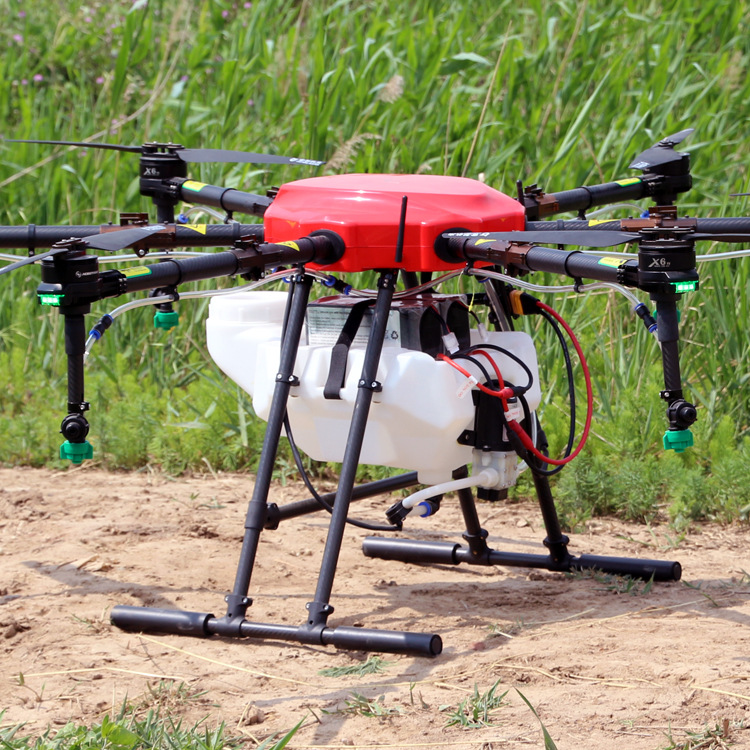
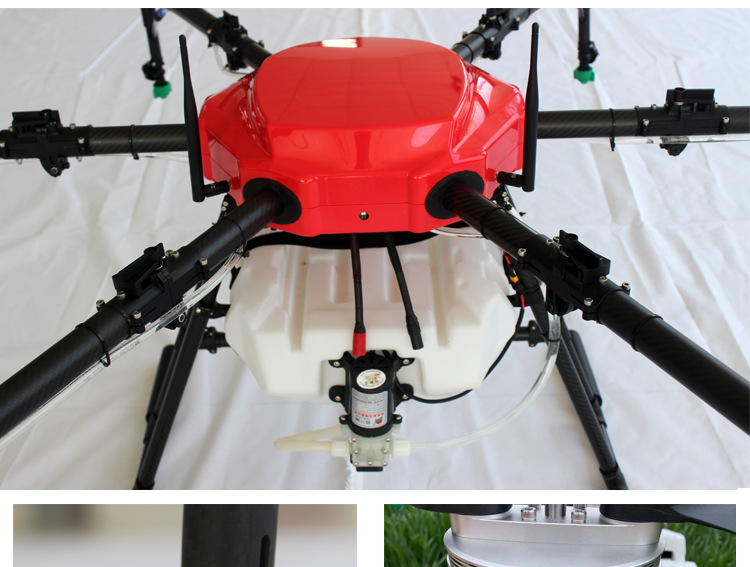

Why Use Drones in Agriculture?
Drones bring precision and efficiency to farming tasks that once took hours or days. From spraying crops with pinpoint accuracy to monitoring plant health from above, they save time and resources. Here are the key benefits:
Higher Crop Yields: Drones can spot issues like pest infestations or nutrient deficiencies early, allowing farmers to act fast and protect their harvests.
Lower Costs: By using drones to spray pesticides or fertilizers, farmers reduce waste—applying only what’s needed, where it’s needed.
Time Savings: Mapping a 100-acre field that once took a full day can now be done in under an hour.
Sustainability: Precise applications mean less chemical runoff, making farming greener and safer for the environment.
In 2025, the technology has matured, making drones more accessible than ever. They’re not just for tech-savvy growers—farmers of all backgrounds are adopting them to stay competitive.
What Can Agricultural Drones Do?
Modern drones are versatile tools tailored to farming needs. Here’s what they offer:
Crop Spraying: Drones can cover uneven terrain and hard-to-reach areas, delivering pesticides or fertilizers with precision. Some models spray up to 10 acres per hour, far outpacing manual methods.
Field Mapping: Equipped with cameras and sensors, drones create detailed maps to track soil health, water levels, and crop growth.
Livestock Monitoring: Keep an eye on grazing animals across large pastures without stepping foot in the field.
Plant Health Analysis: Advanced imaging detects stress in crops before it’s visible to the naked eye, giving farmers a head start on solutions.
How Much Does Drone Farming Cost?
One of the biggest questions farmers ask is, “What’s the price tag?” In 2025, costs vary depending on the drone’s capabilities:
Entry-Level Models: Starting at $1,000–$3,000, these are great for small farms needing basic spraying or mapping.
Mid-Range Options: Priced between $5,000–$10,000, these offer longer flight times and better sensors for medium-sized operations.
High-End Systems: For large farms, expect $15,000 or more, with features like automated flight paths and heavy payload capacities.
Add in annual costs like maintenance, batteries, and software subscriptions ($500–$1,000), and you’ve got a full picture. While the upfront investment might seem steep, many farmers report savings of 20–30% on chemicals and labor within the first year.
Tips for Getting Started with Agricultural Drones
Ready to bring drones to your farm? Here’s how to make the most of them:
Understand Local Regulations: Before flying, check your country’s rules. In the USA, for example, you might need a license for commercial spraying. Other regions have similar requirements—research ahead to stay compliant.
Start Small: Begin with a basic model to test on a single field. Learn how it fits your workflow before scaling up.
Train Your Team: Drones are user-friendly, but a quick training session ensures safe and effective use. Many come with tutorials or apps to guide you.
Analyze the Data: Don’t just fly—use the maps and reports drones generate to make smarter decisions about planting, watering, and spraying.
Maintain Your Equipment: Regular cleaning and battery checks keep your drone in top shape, especially during busy seasons.
The Future of Farming Is Here
In 2025, agricultural drones are more than a trend—they’re a necessity for farmers looking to thrive in a competitive world. They cut costs, boost efficiency, and open new possibilities for sustainable agriculture. Whether you’re curious about the technology or ready to invest, now’s the time to explore how drones can transform your fields.
Have questions about drone farming? Drop us a comment below or explore our other guides to learn more!

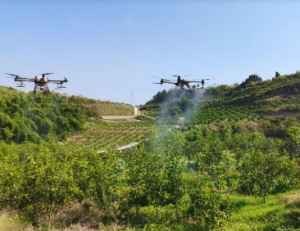
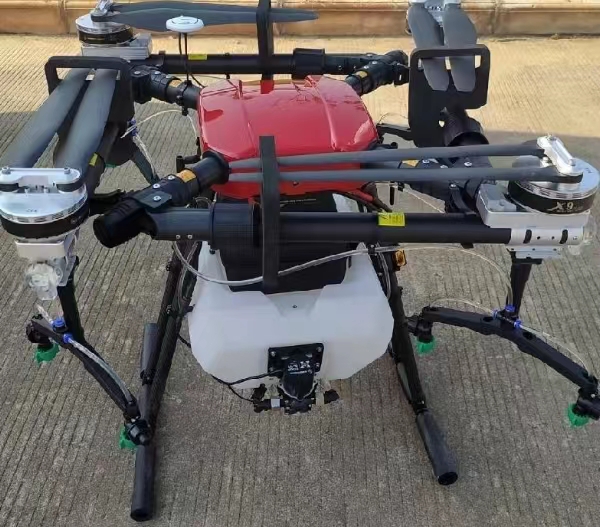
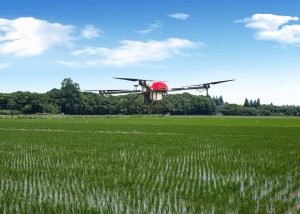
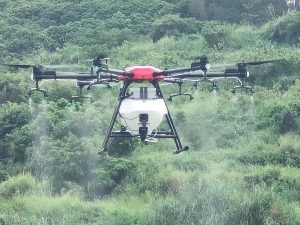
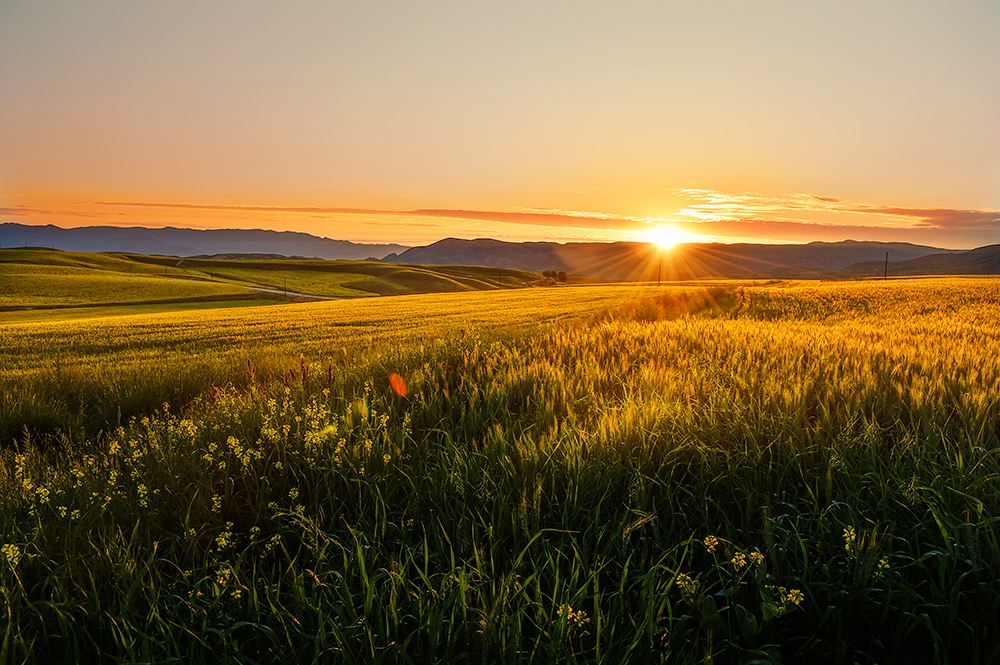
暂无评论内容